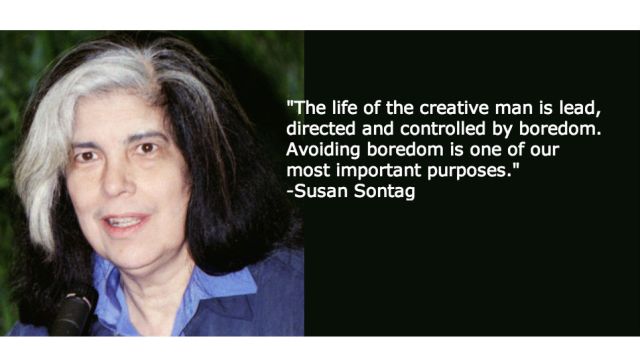Shaping Fertilizer’s Footprint Via the Marketplace

As this recent story in Progressive Farmer Magazine highlights, we’re at a crossroads with decisions and commitments to be made about the sustainability of our food system and management of the vast majority of the nation’s private lands. When deciding how we’ll meet the food needs of communities today and generations to come, we cannot pit agricultural productivity and environmental resilience against each other. We must have both. And we can.
Major food companies and retailers like Walmart are increasingly more engaged in the sustainability of the major commodities that dominate the food system, and this presents unprecedented opportunities for impact at scale.
As we pursue these opportunities, it’s imperative that the sustainability measures be economically viable for farmers, and that they lead to measurable improvements in water quality and quantity, reduced greenhouse gas emissions, and habitat.
The link between fertilizer, farming and sustainability
It’s critical to understand that nobody, including the nation’s hardworking growers, wants to waste expensive inputs like fertilizer or to contribute to the environmental consequences of such waste. Without fertilizer, farmers would never be able to deliver the bounty of crops upon which we all depend every day. But when too much fertilizer ends up in water, it often produces algae blooms, some of which are toxic (such as in Lake Erie). And the emissions from fertilizers – a potent greenhouse gas called nitrous oxide – are much more damaging to our climate than CO2.
There are various approaches to solving this problem, from punitive regulatory efforts to voluntary conservation initiatives. But there’s a new way, a market-based, performance-oriented solution that Chris Clayton, author of the Progressive Farmer Magazine story, highlights:
“Walmart announced in September it is requiring food companies that use commodity grains to develop a ‘fertilizer optimization plan.’ That plan should outline goals to reduce fertilizer usage. Walmart has a goal that the retailer and its suppliers will reduce fertilizer use on 14 million acres in the U.S. by 2020.”
This is a significant move from the country’s largest retailer and potentially a seismic shift in how the marketplace addresses issues of sustainability and the environmental impacts of food production. As my colleague Elizabeth Sturcken, Managing Director of Corporate Partnerships for EDF, wrote on September 12:
“Groceries account for half of Walmart’s U.S. sales. It’s no wonder that agriculture presents massive opportunity for the company to advance sustainability. In fact, fertilizer use is responsible for nearly half of Walmart’s carbon footprint in its supply chain. That’s why EDF has spent years working with farmers to optimize fertilizer use on farms, saving the farmer money and reducing environmental impacts. And it’s working. Walmart announced commitments from 15 suppliers to encourage better fertilizer use in their supply chain. These changes will touch more than 30 percent of food and beverage sales in North America. That’s huge.
“We can all celebrate the seven million metric tons of greenhouse gases that can be avoided by the agriculture initiatives discussed, in addition to improving waterways and soil health.”
The challenge and benefit for farmers
We face enormous challenges in feeding a growing population in a manner that ensures robust farm income and protects the environment. Since fertilizer is high on the list of expensive agriculture inputs, it’s critical that its use is optimized while not curtailing the productivity that is the hallmark of U.S. farmers.
Efficiency is the key, and by adopting more site specific, precision agriculture techniques and implementing soil health measures that ensure productivity for the long term, farmers can be on solid ground and well positioned to meet the new sustainability market signal coming from retailers like Walmart. And there is no greater motivator, no greater driver of change than the marketplace.
By making ecosystems a partof the economy instead of trying to protect ecosystems from the economy, farmers and their families will benefit from diverse opportunities to make more money off their land.
And they’ll be farming in ways that preserves their land for future generations while making their operations more resilient in the face of an ever changing climate.
The article originally appeared on the EDF Voices blog and is reprinted with permission.
Image courtesy of Shutterstock




